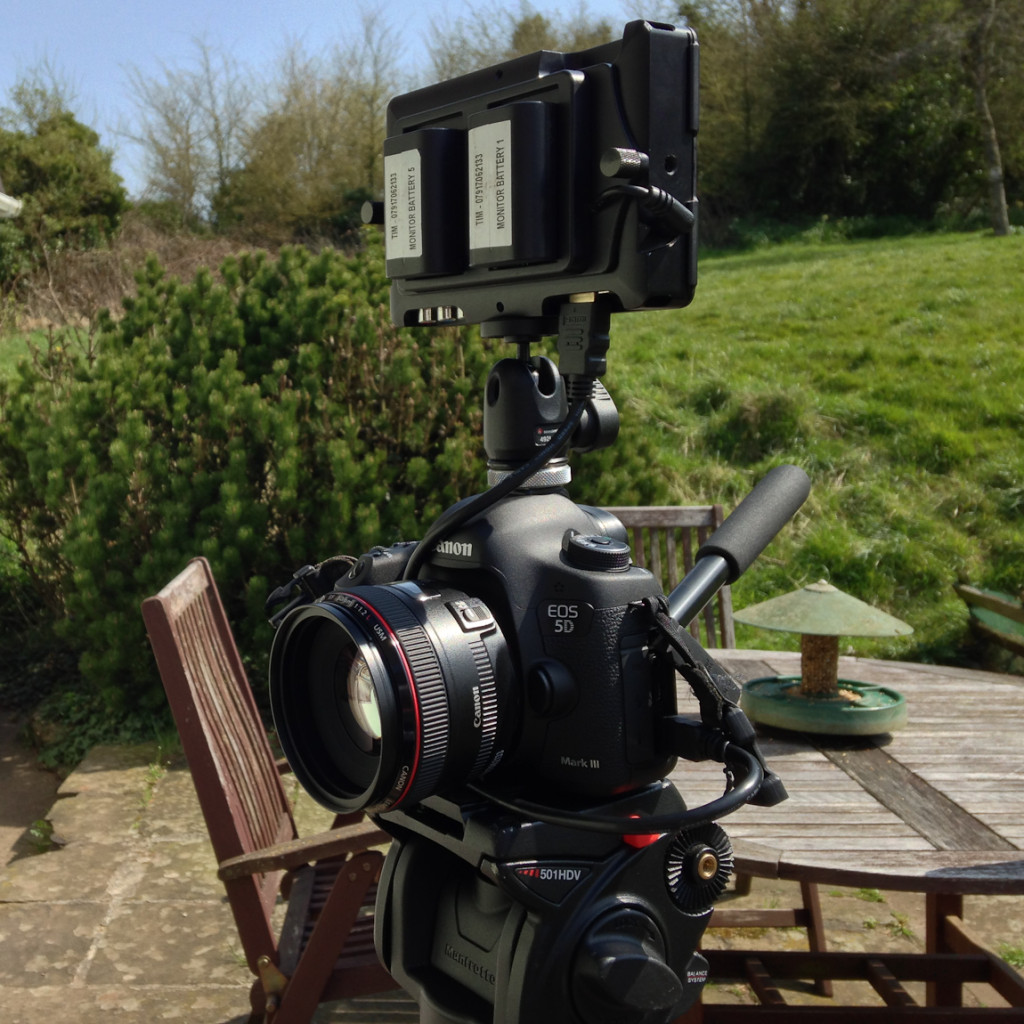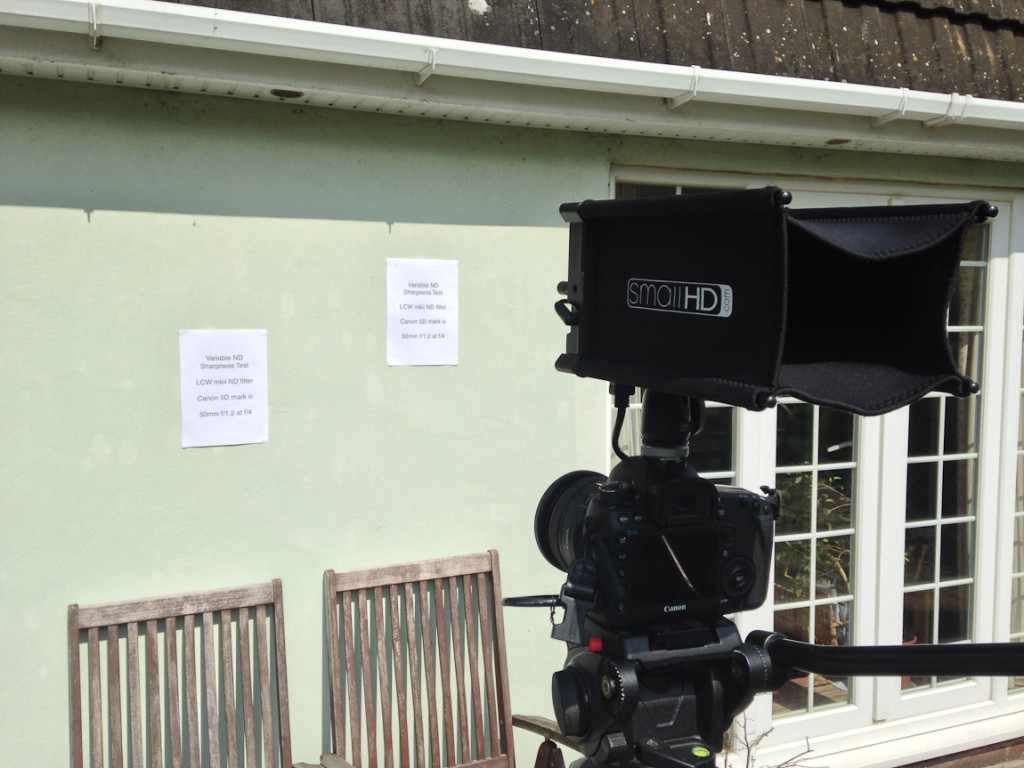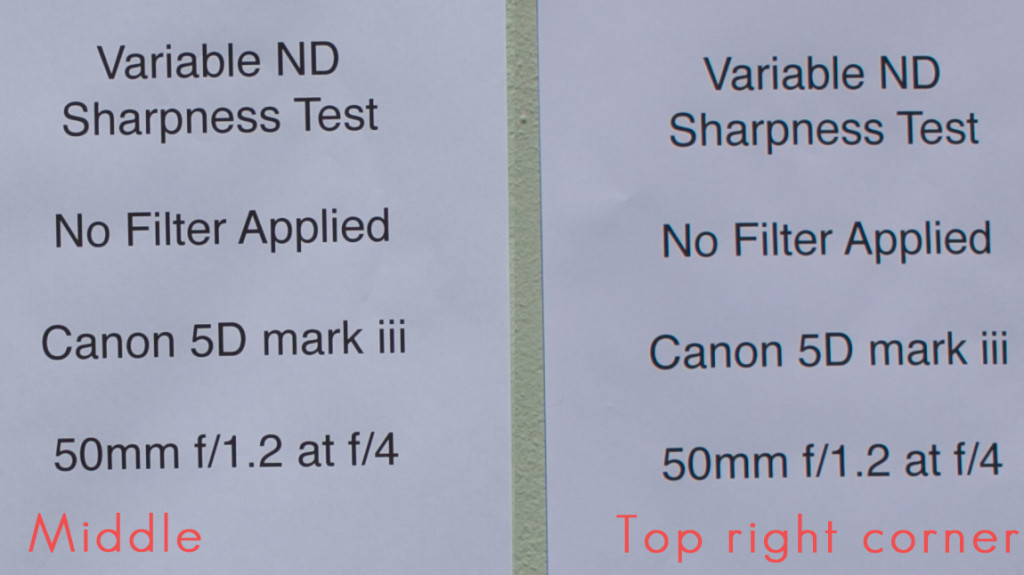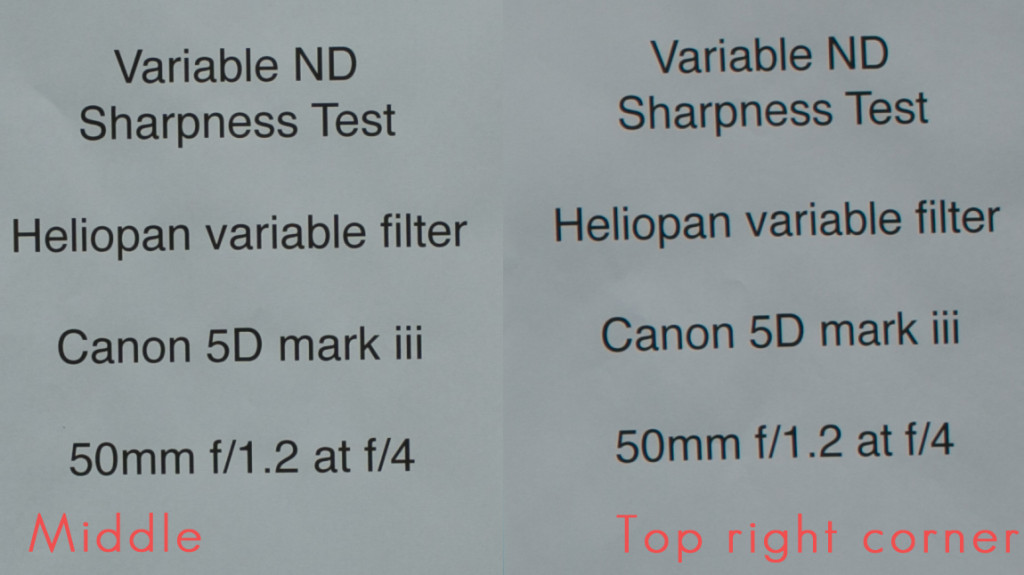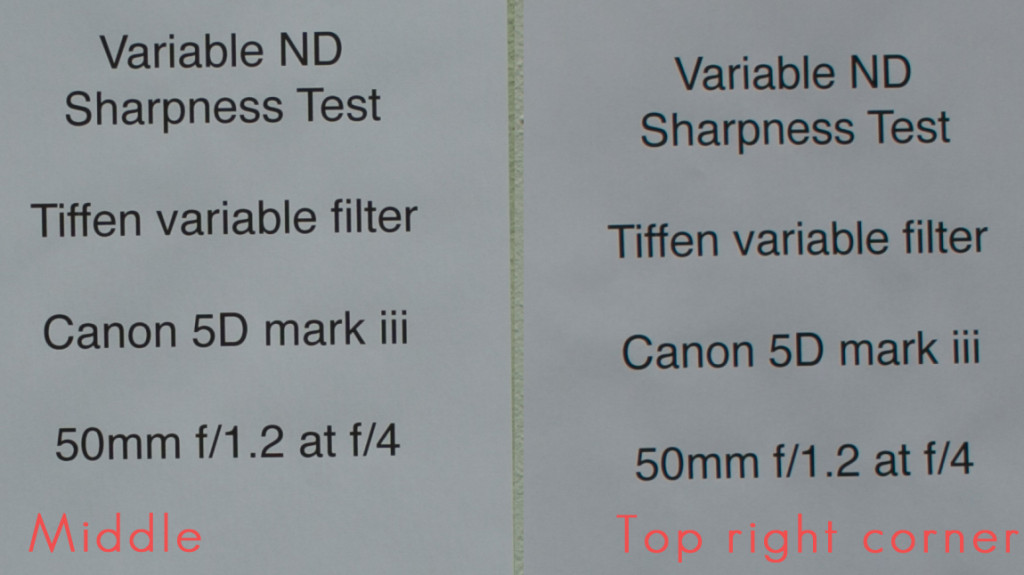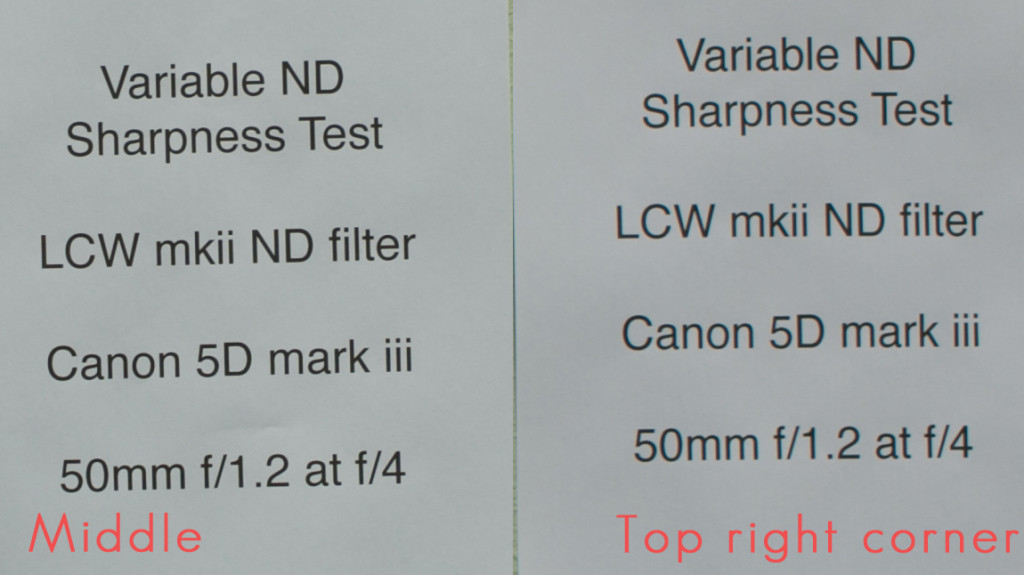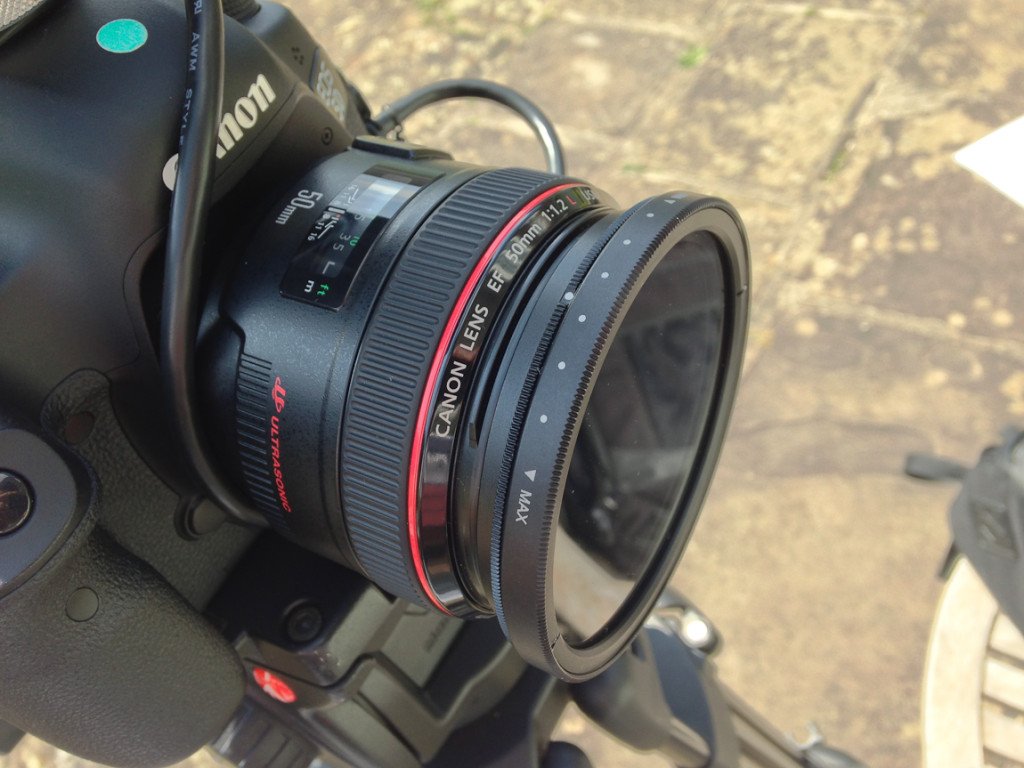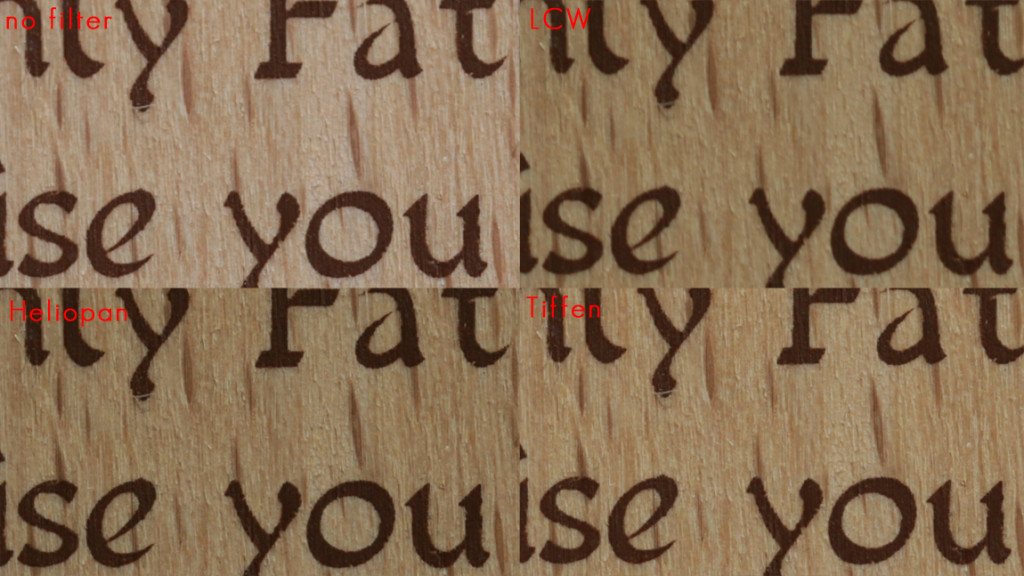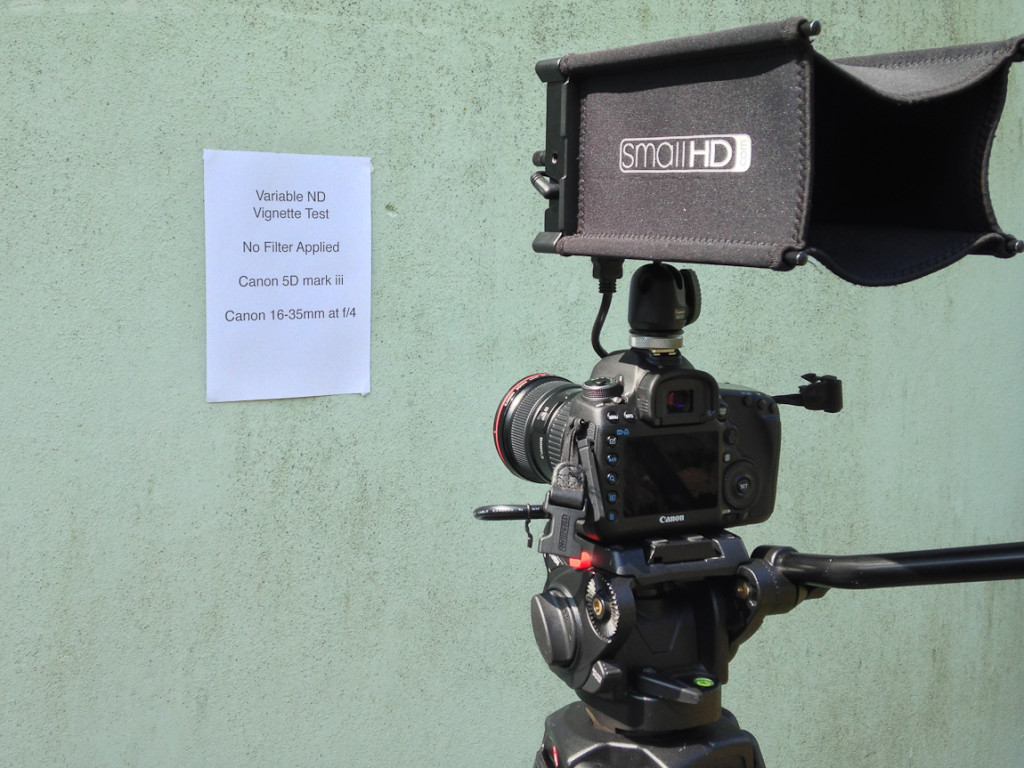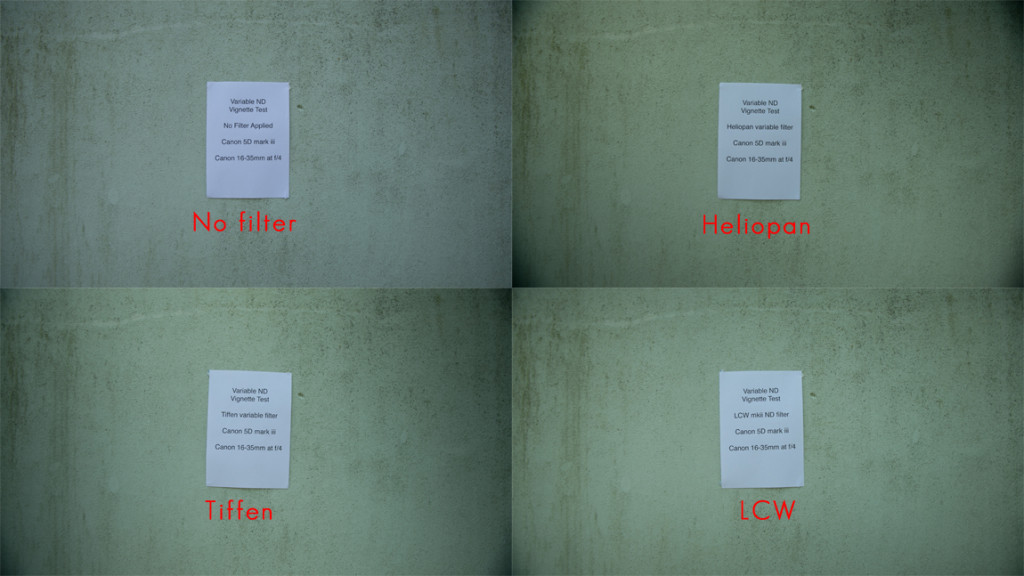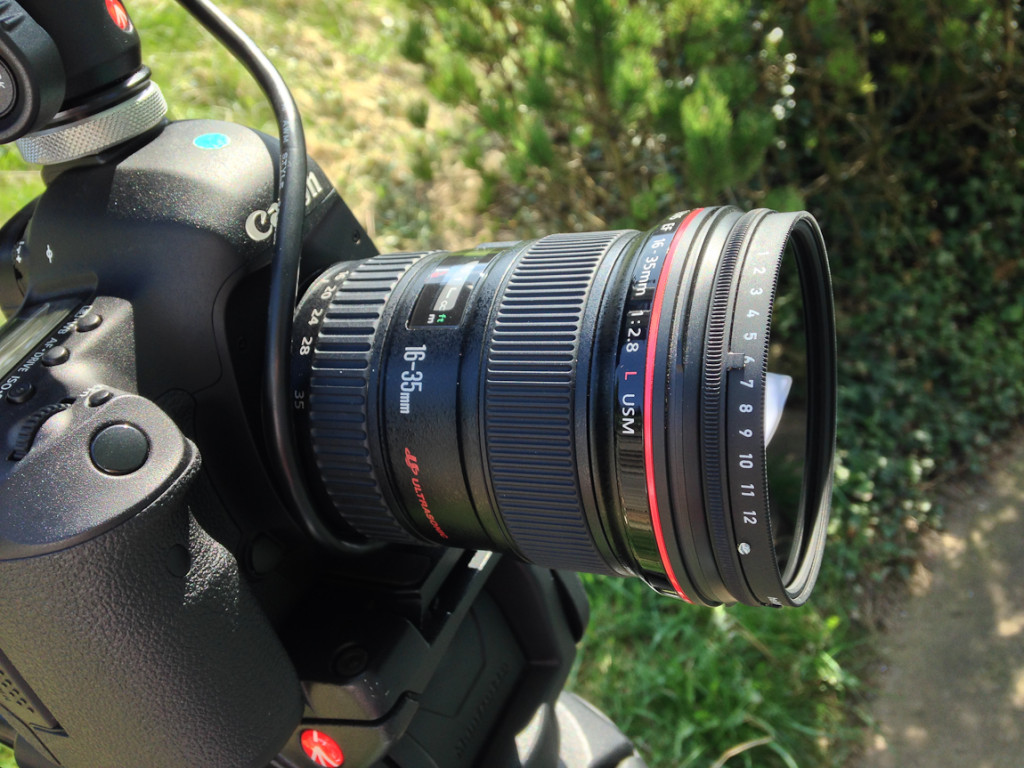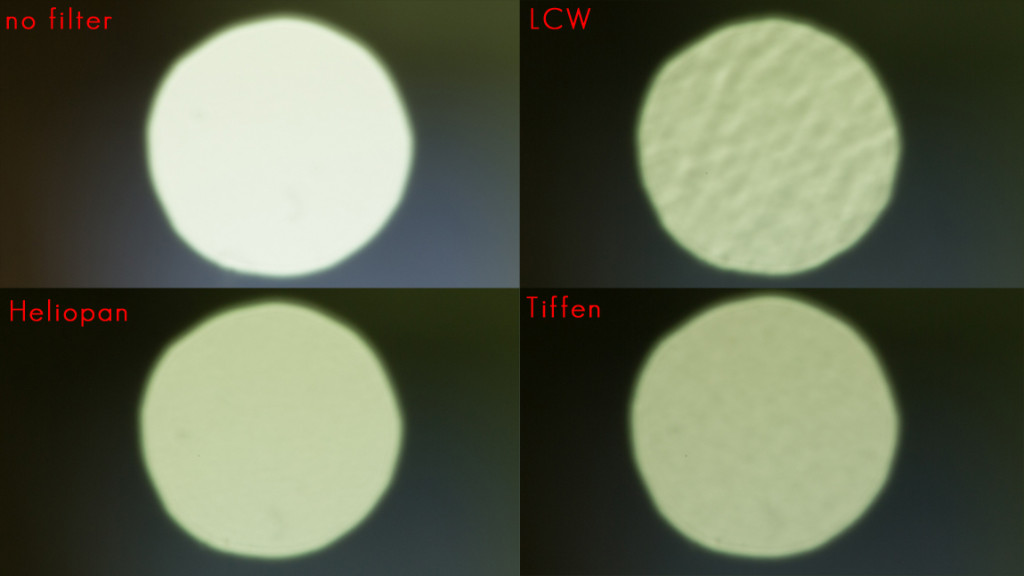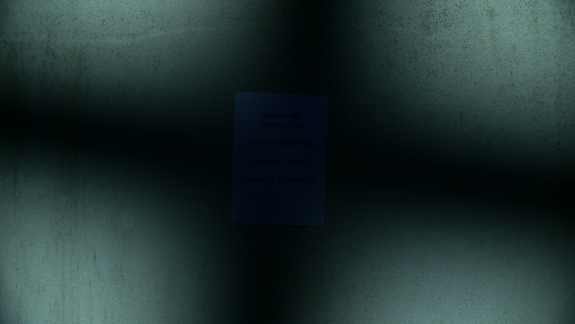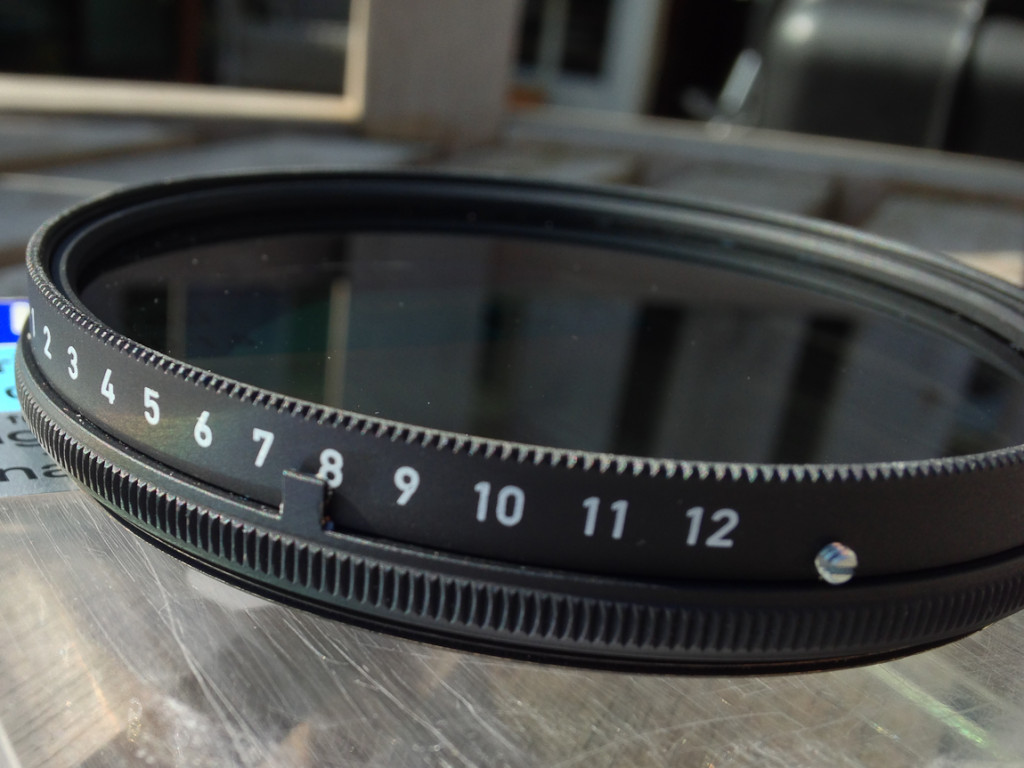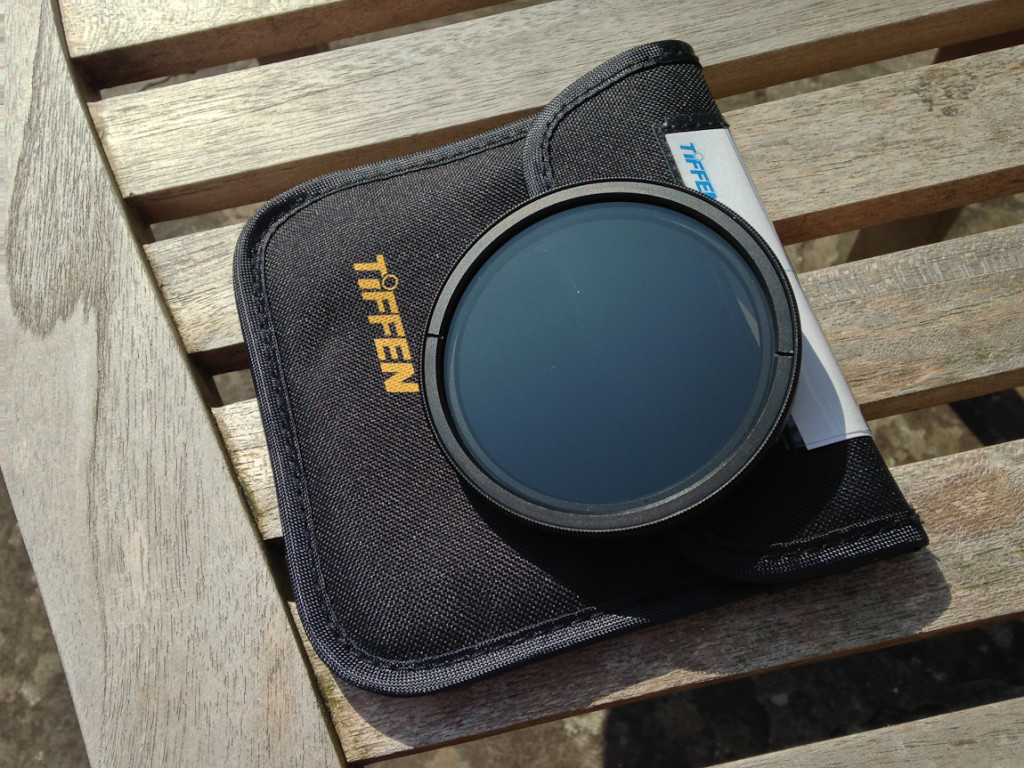
Every large sensor & HDSLR shooter needs an ND filter for outdoor shoots and Variable ND’s have proven mighty useful if you’re a one-man band or on the clock.
But it is also a known fact that some Vari ND’s dampen your shots quality to some extent. So which is the best Variable ND for the money? Tim Fok put together a very useful test in which he compared the most common brands in detail.
This is a guest post written by Tim Fok
So I’m on the look out for a new variable ND filter. I’ve used the LCW mark II for a couple of years now, and have never been particularly keen on the softness it’s always seemed to add. But whilst trying to complete my L series lens collection, the hunt for a new ND filter kind of took a back seat, until now.
I firstly want to say, that Dave Dugdale’s Fader ND comparison is just excellent. I was set on buying the Heliopan filter after hearing Philip Bloom rave about it. But Dave’s review really put the Tiffen filter on the map for me. Before this I’d never heard of it.
If you haven’t already, I strongly recommend you watching Dave’s comparison of 6 fader ND filters. He concluded that the Tiffen was the best performer vs price.
So what’s missing in Dave’s review that made me not want to go out and buy the Tiffen right away? Well, not much. It covers pretty much all grounds. The only thing missing was first hand experience on my behalf. Much online content (including this blog post) is subjective, and only you can really decided what kit is best for you.
My objectives we’re simply: Is the Heliopan really worth the extra cost vs the Tiffen? And how much better are both to my current LCW mark II?
My tests covered the following areas:
-Design/Function
-Sharpness
-Vignetting
-Bokeh
-ND variable range
-Sharpness
I wasn’t too fussed on covering colour cast. All NDs do it to a degree (all reduce blue), it’s something you can tweak on the 5D mark iii with the WB shift function.
Tests very much shadowed Dave’s techniques, I don’t claim any originality here, I simply wanted first hand experience. Sharpness is listed twice as this was a really important aspect for me, it’s an area I felt would potentially justify to cost difference between the Tiffen and Heliopan.
All filters were the 77m version, as all my lenses are stepped up to this thread diameter. Thanks to Will Evans for the loaner!
Design/Function
Heliopan
Pros
-Well built, feel weighty and substantial
-Front element remains 77mm (unlike other faders which are larger) therefore takes same lens caps.
-Hard stops
Cons
– inconsistent damping. seems loose at the top and bottom end of the scale, tougher to move through the mid range.
-Cheap, fiddly plastic carry case
Tiffen
Pros
-Well built, well damped.
-Very nice soft carry pouch
Cons
-Moving front element is larger than the static threaded back (the part which screws onto the lens) making it fiddly to get it on and off lens.
LCW Mark II
Pros
-Cheap
Cons
– Markings over time wear off.
– Damping over time becomes sticky.
Sharpness
For the sharpness test I positioned some text on white paper in the centre and top right corner of the frame. I manually focussed via live view on my 5D mark iii, 50mm f/1.2 lens, using my SmallHD DP6. I set each fader ND to the mid point on their scale.
Here are the results:
As you can see, it wasn’t the most clarifying of tests. All suffered sharpness loss in the corners vs middle (as does with no filter), and only the LCW fader really stuck out as being softer. The test didn’t really differentiate the Heliopan from the Tiffen from No Filter. So I dug a little deeper..
Sharpness II
For this test I found a subject (in the form of a wooden ornament) which was clad with both text and a rough texture. Using my 100mm Macro L I moved in closer and did the same test.
This tests clearly separates the LCW from the other two, but didn’t provide any wedge between the Heliopan and Tiffen; they’re simply as sharp as each other. More importantly, there’s next to 0 sharpness loss on either when compared with no filter.
Vignette
Here I used my Canon 16-35mm at f/16, shooting straight at a (dirty) plain wall.
The lens itself on a full frame vignettes quite heavily, so it’s important to reference the amount of vignette prior to any applied filter.
As I primarily shoot video, and would seldom (if ever) use a fader ND for photos, all of these tests were cropped to 16:9. This applies to all of the tests, but it’s worth mentioning here as it directly affects the amount of vignetting in frame.
In fact, when taking photos I’d go as far as saying the Heliopan is unusable at 16mm on a Canon 16-35mm mark i. I’m one of those guys that likes a little vig at times, but here it’s more of a fault than an effect. In the above 16:9 crops, the Heliopan is better portrayed. It’s a less gradual vig than the Tiffen, so dramatically lessens as the crop is applied. Making them similar is vignette for video. Although I think the Tiffen has the slight edge here.
I imagine the excessive vig on Heliopan is down to the fact that the front element is no larger than the back, meaning on wide lenses it catches the edge of the filter in frame.
Bokeh
I really loved the part of Dave’s review that covers this. Wouldn’t have thought to test it myself. But I did for first hand experience.
This is the same out of focus area, using the flash on my iPhone 5. Lens used was a Canon 100m macro L.
As Dave concluded, the LCW is terrible here, nasty particles on blurred areas. The Heliopan is very similar to no filter here, the Tiffen has a tiny bit of texture.
ND Variable Range
Now this test is a little subjective. as it wasn’t an official test, just done purely by eye. And my opinions have potentially changed from in-the-field to reviewing it on my laptop.
Before I explain what I did in this test, it’s worth highlight a problem all fader NDs face.
Variable ND filters like this use two polarising filters. when twisting the front element, it’s inevitable that at some point, the polarisers will align in such a way that form an unwanted cross pattern, as pictured below.
This is common knowledge, and as mentioned it’s present on all fader ND. Some worse than others. It’s not something a company will promote about their fader NDs, and is therefore hard to obtain information about how each filter stands up to each other.
This test addressed this issue, and looks at how much usable ND range each filter offers. Again, this test is subjective, and real world situations will differ (not everyone will be pixel peeping and shooting against a flat wall). NB – After using the Tiffen in the field this week I can confirm that you do get a wider range from real life shooting
What did here was set each filter to it’s minimum, and take an exposed picture according the the in-camera meter. I then increased the ND until I felt that the cross effect became too present and ruin the image. I then dialed the fader back a touch, adjusted the aperture to produce a correctly exposed image, and took another picture.
I then compared the between the first and second image in accordance to f-stop. The difference in exposure here would give me how much usable ND range each filter had. Below are the results.
For the third time, this is a subjective test. After reviewing the images in Lightroom, it’s possible the Heliopan was taken a tad too far, and in fact the 1/3 stop it’s gained over the Tiffen may be redundant. At the minimum, this test concludes little diference between the Heliopan and Tiffen.
So, will all the above considered, what have we concluded? Is the really Heliopan worth it?
If they were the exact same price, and considering I’d only use it for video, I think I’d pick the Heliopan purely on design. I like the hard stops. But there’s no way I’d pay £130 extra for this feature alone. For the extra price tag I’d demand considerably better image performance over the Tiffen, and you just don’t get this from the tests I’ve done. The damping of the Heliopan is a huge disappointment also. It feels like over time it would come completely loose.
I wanted to do this test when I could afford to buy either filter, so that price would play less of a factor in the decision making of my purchase. But the fact is, it does. Buying the Tiffen gives me an equal performing filter, with cash enough saved to buy a second Tiffen, plus change!
The 77mm Tiffen Variable ND is $150 All Sizes
The 77mm Light Craft Workshop Fader ND mark II is $136 All Sizes
The 77mm Heliopan Variable Gray ND is $443 All Sizes
Test conducted and written by Tim Fok

